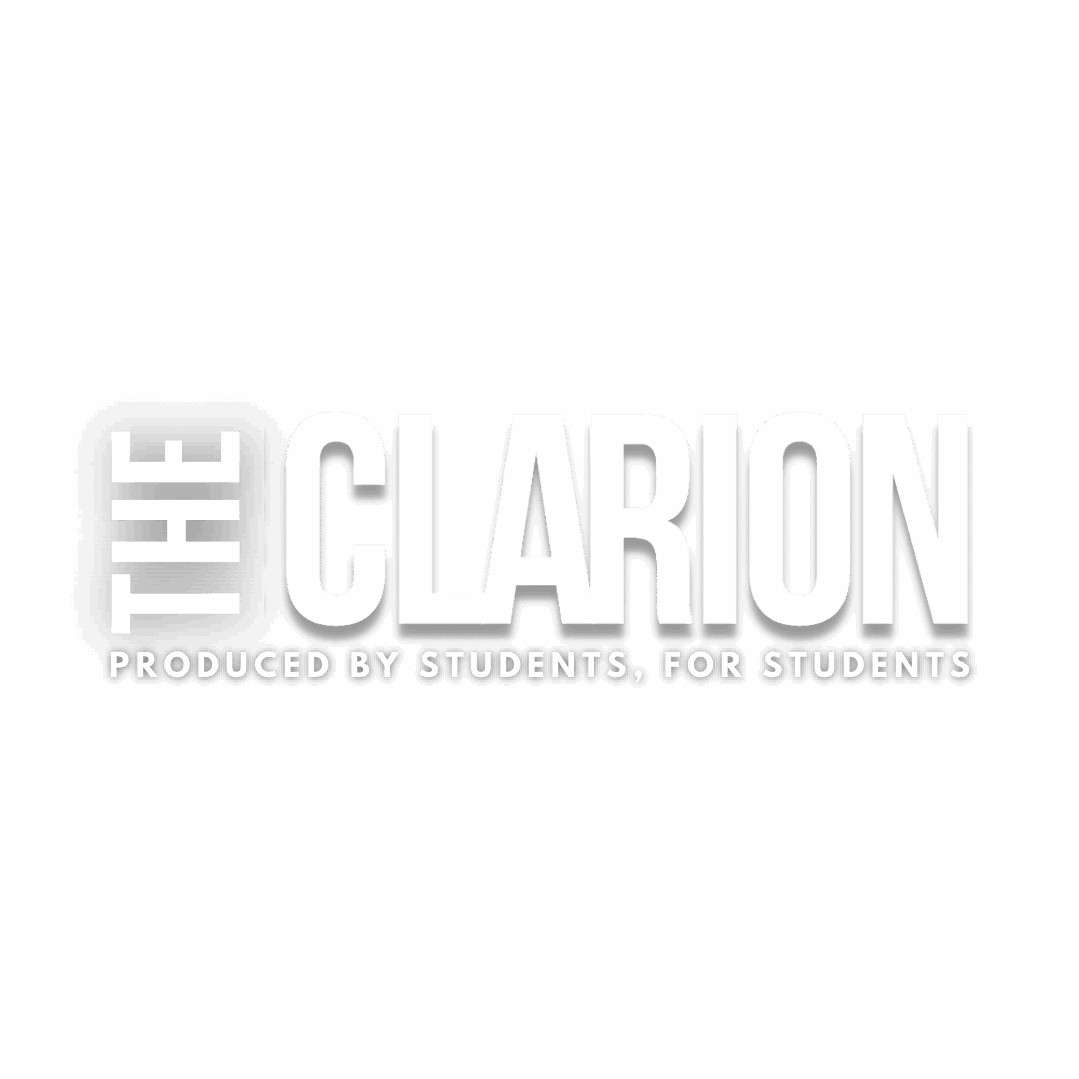Even for students who head to college with the goal of attaining a career that allows them to serve their community, the service aspect can seem like a distant goal. The classroom is for learning; service comes later. For roughly eight years, Sinclair Community College’s Service Learning Department has been challenging this paradigm.
The Service Learning Department provides educational service experiences that augment whatever classes a student might be taking. The idea is that students can learn about topics pertinent to what they are learning in class while serving in their community.
“Service learning is an engaged way to connect academic learning with the community, because the services are provided to the community,” says Service Learning Faculty Associate David Bodary.
The Service Learning Department has seen student participation grow from 100 students in 2007, to more than 300 current participants. The department presently offers a variety of learning opportunities in over 23 agencies.
“I would suggest that you have to think in terms of this continuum from volunteerism to employment,” says Bodary. “We volunteer and that leads us to career ideas… we get a degree and then we show on our resume that we have done this kind of work and that makes us more attractive to employers.”
The outcomes are different for every project, but there is a central theme: Putting into practice what is learned in the classroom while accomplishing something of value for an organization. One English professor had her students editing a League of Women Voters voting guide.
“Some of the content they couldn’t change, but they could identify errors,” says Bodary.
As the students pour over the political material, they become familiar with candidates and details of the political process while exercising their editing skills from the classroom.
“So the students are connecting academic learning with the community and then they begin to pay more attention when an election comes up,” says Bodary.
Some teachers require a service learning component, but students can also ask their teachers about replacing some class work with a service learning project. Another possibility for service learning is doing the project to fulfill the extra requirement if a class is taken for honors. There is no set limit to how often students can participate in the program, says Bodary.
“In service learning, you could do it in every course or in no courses,”he said.
One professor who requires service learning as part of her class is Dottie Bely who teaches many sections of developmental reading every quarter. Bely herself works with the nonprofit organization Compassion First, and though her students are not required to do their service learning with Compassion First, many do.
“I wanted the students to connect that we are studying about a topic and that we are connecting that topic to our service,” says Bely.
Bely’s student, Monique Robinson, 32, in her second quarter at Sinclair volunteered at Compassion First as part of DEV 065. Part of her task while volunteering was to sort clothing items into gender and age categories such as men’s, women’s or children’s. Afterward, she had to write a report as well as update the Service Learning database concerning the volunteer needs of Compassion First.
The projects are not always for non-profit organizations. Professor David Meyer, who has been at Sinclair since 2000, uses service learning in his Six Sigma class, OPT 240, which is a process development class. Meyer encourages students to come up with processes that they can improve at their current work places, but for those who don’t have an idea to work on he suggests service learning.
“I use service learning as a vehicle in my Six Sigma class when they don’t have a project that they can relate to,” says Meyer.
Over the years, he has had students improve accounting systems at their churches, improve floor layouts in grocery stores, study traffic patterns in parking lots and even improve how retirement homes process laundry.
At the end of the quarter, students show the quantitative results of their projects.
“Everyone has got to have a project, and they have to come up with a return on investment,” says Meyer.
Though it is volunteerism outside of class, service learning is not an unconnected, extra activity. Ideally, students would finish their service learning project saying to themselves that there is no other way that they could have learned what they had just learned, says Bodary.
For more information about service learning, visit www.sinclair.edu/about/learning/slearning.
- October 26, 2025 10:08 am
